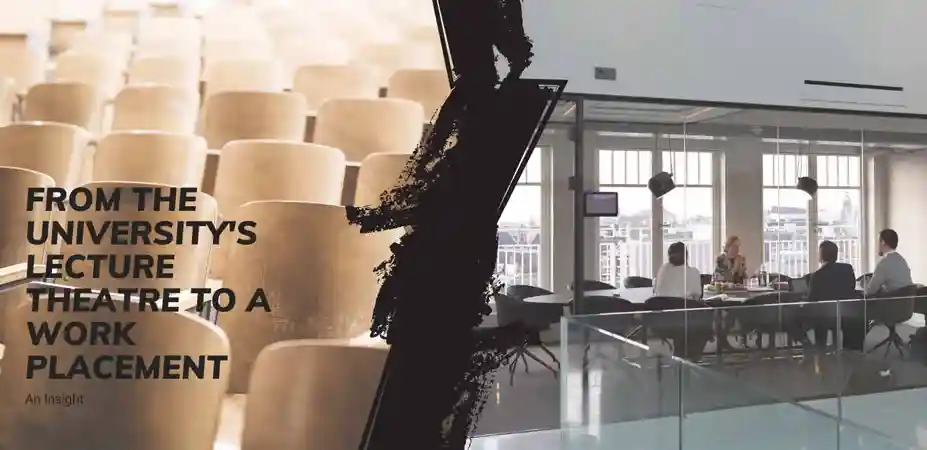
In business, the idiom that ‘God is in the details’ is an often-repeated phrase, and for good reason. When developments go wrong it is often because an important detail has been missed or overlooked, and this is often compounded by a lack of clarity about who was responsible for checking it in the first place.
In property, the deal is everything. But it is also where there is the greatest chance that something will be missed which could have significant implications for the viability of the development when later discovered. If you are lucky it may only result in an erosion of the development profit, but in the worst case it could make the development undeliverable.
In the ‘heat of the deal’ it is understandable that a bidder will be focused on the potential upside of the deal, usually encouraged by the agent who is incentivised to maximise the sale price. But experience has shown that this is when there is the greatest risk of something being missed.
An experienced developer will take time to identify the risks and consider their likelihood and impact. The categories of risk are well known but here I want to consider one of those categories; the physical condition of the land or building that is being acquired.
When looking at a site or a building there are several physical factors that need to be considered.
Topography
To the naked eye, a site may look to be level but without a topographical survey it is not possible to be certain. A sloping site can add significant cost to the construction if, for example, it results in the need to undertake cut and fill, install retaining structures or pump waste into the main sewer.
Risk of Flooding
It is easy to check whether a site is in the flood zone, there is a government website. But depending on the level of a flood risk it may not be possible to build on some or any of the available land.
Ground Conditions
Looking beneath the surface, the ground conditions can have a significant impact on the costs of development. The bearing capacity of the soil determines the type of foundation solution that will be required and, depending on the previous uses of the site, there is the potential for contamination. Without a site investigation the type and extent of contamination will not be known. And this will determine the strategy for remediation and associated cost, as well as whether there is a risk of wider contamination which would need to be insured, what the insurers refer to as environmental impairment.
Ecology
An understanding of the ecology of the site is an important consideration in terms of planning and the need to comply with legislation when it comes to protected species such as Great Crested Newts or Bats.
When acquiring a building, the physical condition will be an important consideration, particularly if the intention is to retain any or all of the building’s structure, fabric and services. But other considerations are the potential for asbestos to be present and whether the building is of special architectural and historic interest, and therefore subject to listing.
And it is important to check if any adjacent buildings benefit from a Right to Light and, if so, what is the potential risk of an injunction which might constrain development or result in a claim for damages.
And finally, it always pays to investigate the accessibility of the site and the availability and capacity of the local services infrastructure.
These are a few of the factors to consider. In each case, advice can be obtained from professionals which can help to inform a view of the risks to the development. It is time and money well spent.
To quote another well-known saying, ‘Act in haste, repent at leisure’.











